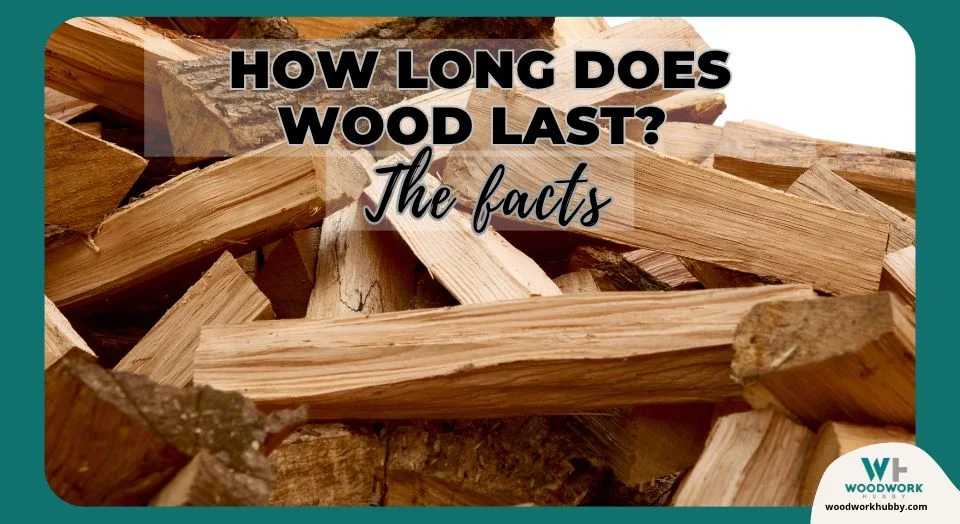When choosing lumber, one of the quality metrics I consider is its longevity. It is prudent to take the lifespan of material into account before using it for a project. And having worked with different types of wood, I have discovered that even the best natural wood has a specific lifespan.
On average, wood lasts 15 years if it is of high quality and is maintained with proper care in a wood-friendly environment. In conditions unsuitable for wood, mid-quality wood can break down in a few months. With artificial reinforcement, wood can last for hundreds of years.
In this article, I’ll go over everything I have learned about the lifespan of wood and how you can extend it. By the end, you will know whether wood is good for your project or not. But first, let’s go over how long different types of wood last, so you don’t expect a 15-year run from every type of lumber.
How Long Does Wood Last?
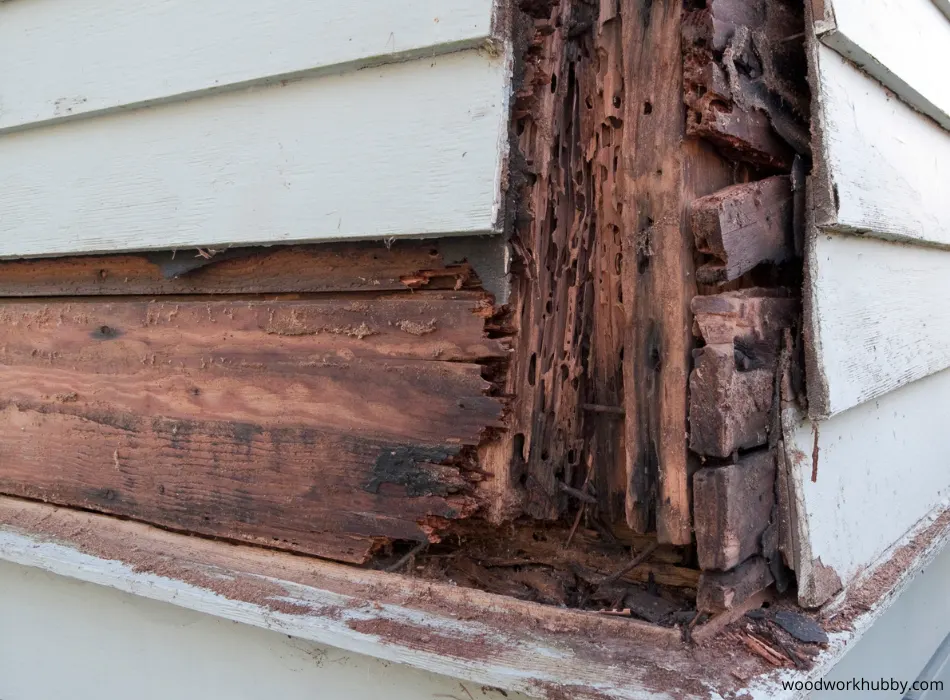
Hardwood can last up to 15 years, while softwoods can last up to 3 years. Treated softwoods can also last as long as hardwood, albeit in low-impact usage products.
The following table details the life expectancy of different types of wood.
| Type of wood | How long does it last? | Things to consider |
|---|---|---|
| Cherry | 5 years | Cherry is excellent for furniture in a low-impact environment. |
| Ash | 15 years | This wood is pretty good at standing up to daily use. However, it doesn’t always make it to the 15-year mark because of regular wear and tear. |
| Hickory | 15 years | You can expect to use this wood for 7 years without much care, provided it is properly finished to stand up to humidity and environmental influence. |
| Walnut | 10 years | Walnut can start showing visible wear and tear by the 5th year. But if it is maintained and upgraded annually, it can remain in decent condition even after a decade. |
| Red Oak | 13 years | The 13-year mark is neither a hard limit nor a guarantee. I have seen red oak go bad in the 11th year, and I’ve seen it make it to 15. The latter is rarer than the former possibility. |
| White Oak | 15 years | This is the longest you can expect wood to last. But given how much one pays for a pound of white oak, it isn’t always worth the investment, especially for smaller projects like cabinetry. |
| Mahogany | 15 years | Mahogany sets the gold standard for expectations of longevity. It is also beautiful, which means it is used in a move visual context than a load-bearing one. |
| Lyptus | 15 years | It is one of the most difficult materials to work with when it comes to sawing, but a project made with Lyptus is worth the effort that goes into it. |
| Hard Maple | 15 years | Hard Maple has plenty of visual appeals but is also used in a load-bearing capacity and in exterior environments, which means the expectations of a 15-year streak aren’t realistic. |
| Alder | 5 years | Alder can last 5 years or past that depending on how it is used. If you use it to build products usually made from softwoods, it can last up to 10 years. |
| Poplar | 5 years | In terms of per-pound price, poplar is worth the longevity. If you keep replacing it every five years, it can be cheaper than some of the hardwoods that can last up to 15 years. |
| Knotty Pine | 3 to 5 years | n my experience, pine is strong enough to be used in certain hardwood contexts, but it can barely go past the 3-year mark if it is not treated or finished properly. |
| White Cedar | 2 years | While its longevity seems limited compared to the other options, it is one of the woods that almost always reaches its expected lasting limit. |
| Cypress | 3 years | This is best used in cabinets and interior items that don’t get exposed to the punishment of the elements. |
| Douglas Fir | 3 years | I don’t work very often with this wood but own products made from it. Most need to be replaced by the third year. |
| Hemlock | 3 years | It can last 5 years too if the item made from it isn’t used daily. |
| Ponderosa pine | 3 years | This pine is decent for projects that require effort, but it can be a little disappointing when the wood needs to be replaced. |
| Sugar Pine | 2 years | I would never do anything with sugar pine that requires detailing. This wood is okay for projects where sheets and big cuts need to be put together to produce a fairly easy-to-use product. |
| White Pine | 2 years | White pine can be used in low-load furniture but is best left for cabinets. It cannot last 2 years in any heavier-use context. |
| Yellow pine | 5 years | I would put detailing effort into yellow pine products but would remain cautiously optimistic about the project’s longevity. |
| Red Cedar | 3 to 5 years | Depending on how the wood is used, it can remain functional for 5 years. However, by the third year, it is obvious that the wood needs to be refreshed. |
| Redwood | 3 years | Redwood is decent for interior use, but it can start getting worn out within a year if used daily. |
| Sitka Spruce | 2 to 3 years | I would keep this spruce away from daily-use projects. I have seen drawers made from it, but it is much better used for floating shelves. |
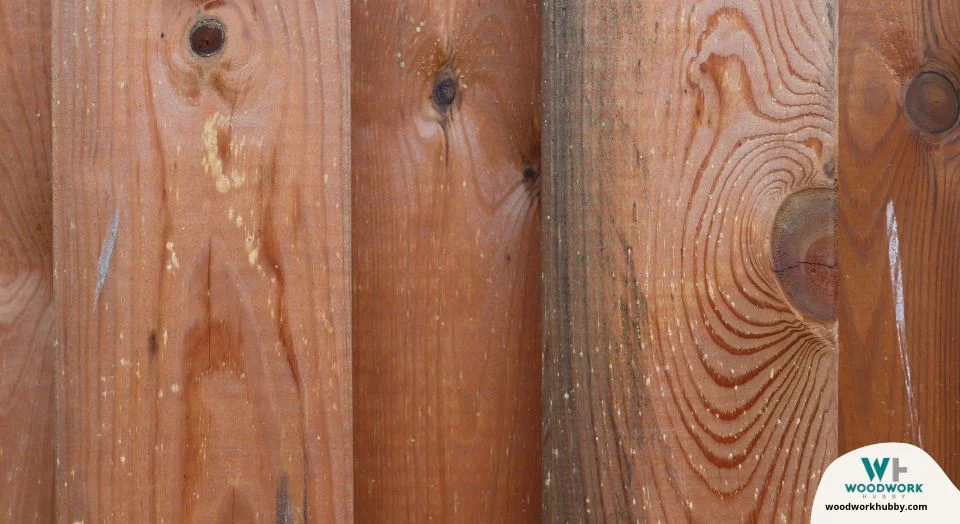
If there’s anything to learn from this, it is that you have to pair the right wood with the kind of use that gives it the longest shot at success. Not every type of wood will reach its maximum limit, and not all wood is worth the price of the functionality it provides.
Does Wood Last Forever?
Wood does not last forever unless it is reinforced by a non-biodegradable material and is preserved in a way that protects it from environmental damage and load-bearing wear and tear. You should not expect any type of wood to last more than 15 years if left in the open air.
There are specific reinforced woods and even wood amalgamations that last forever compared to the lifespan of natural wood. Knowing which types of wood are durable to what extent is crucial to constructing furniture and manufacturing products that meet your expectations of longevity.
List of long-lasting wood-adjacent materials:
- MDF – MDF lasts up to 10 years but is not as tough as hardwood plus it is really only suitable for internal use. Its hardness rating is significantly lower than the average hardwood, but it is immune to factors that compromise natural wood. It resists termite infestation and resists some moisture. See my article on how to work with MDF and prevent it from splitting.
- Plywood – When used in an interior setting with usage-appropriate functions, plywood can last up to 20 years. It, however, can incur water damage almost as rapidly as average wood. Its resin contents (used as adhesive to pull together wood fibers) are the reason for plywood’s ability to stand up to factors like biodegradation and termite infestations. See my full guide on plywood and its weights.
- Resin Treated Wood – When hardwood is reinforced with resin, it can last for hundreds of years. This type of wood is not biodegradable and hence not eco-friendly. Also, anything that can be built with this wood is cheaper to build with resin. As a result, such wood is quite rare in modern construction.
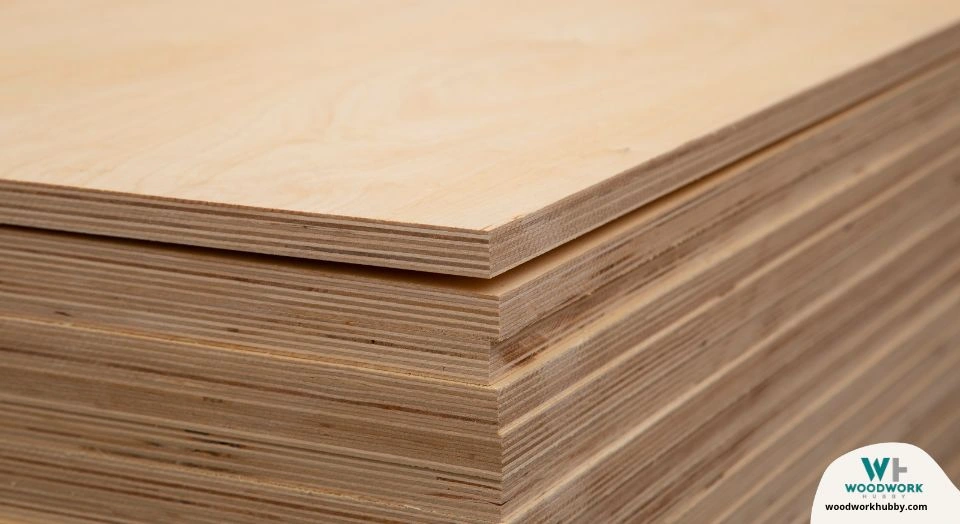
It can be used to construct houses, build extremely durable furniture, and as a load-bearing component in different projects. But there are cheaper materials that can serve all those functions without requiring the effort it takes to reinforce a single block of hardwood.
Can Wood Last 1000 Years?
Wood can last 1000 years if it is reinforced with appropriate resin. Norweigan spruce was traditionally reinforced with its pines’ own resin using a delayed chopping method. Buildings made from this wood have lasted over 1000 years.
Here’s a clip of a building made with this type of wood. It has stood for over 1000 years!
Video of Norwegian wood that is 1000 years old
The advantage of this type of construction in modern times is in its supposed impracticality of it. Because it seems impossible to have a long-lasting structure made out of wood, creating one with reinforced wood can ‘look cool.’
But given that it would take one thousand years to prove that the wood lasted long enough, and none of us would be around, it doesn’t seem like reinforcing the wood in the same manner, is worth it anymore.
We have ways to construct or extract equally durable materials without spending 7 years preserving and harvesting a single trunk. Another wood that can last over 1000 years is that of the ginkgo tree, but it has to be attached to a living tree in order to do that. Ginkgo trees can live for over 1000 years.
How Long Does It Take for Wood to Rot?
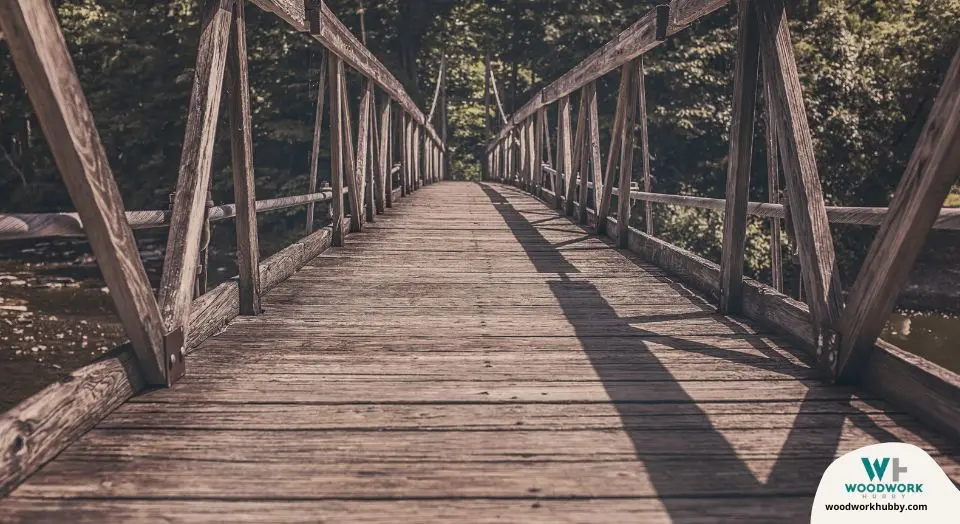
Wood can rot in 6 months if it is untreated and within 2 months if it is exposed to water. Treated wood rarely rots but can incur damage over the course of 5 years. The average wood product or sheet is treated and can last over 10 years if it is not subjected to constant impact.
Most resources on wood durability are backed by wood manufacturers, so the 15-year lifespan is to be considered an absolute upper limit and not a guaranteed median. Wood projects we build have a lifespan closer to the 5-year limit.
I have an old worktable that has lasted over a decade, and it’s made from wood that has an expectancy of a 7-year lifespan. This has made me realize a few things about wood’s longevity and uses.
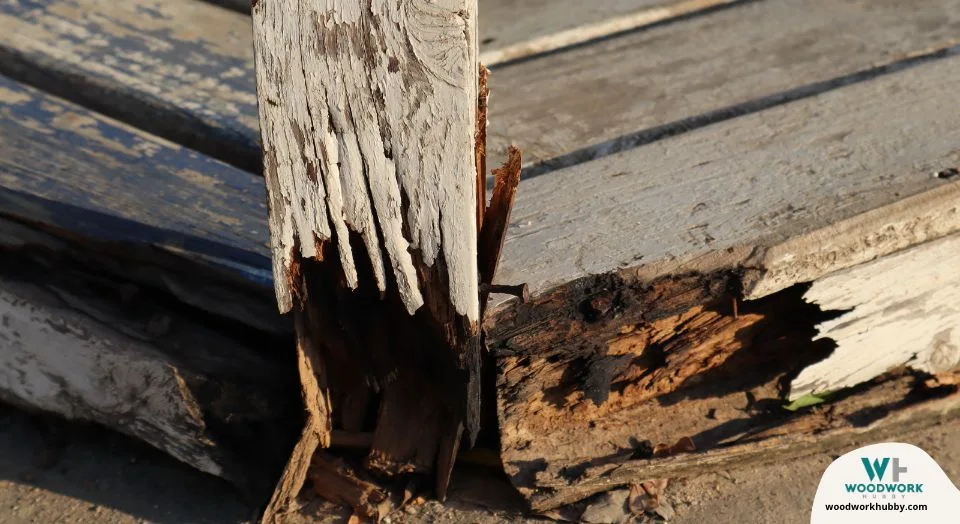
Different Uses of Wood and Their Effect on Its Longevity
Wood projects can be categorized as aesthetic, functional, and load-bearing. A wood frame can be considered aesthetic, a wooden door is functional, and a cabinet is a load-bearing. Here is how each of these functions affects wood’s longevity.
Decorative and aesthetic wood projects last the longest – These products require surface-level refurbishing to be restored to their initial effectiveness. Most aesthetic-only projects that serve no other function than to look good are protected from all impact-related wear and tear.
Functional wood projects take the most damage – If you use the wrong type of wood for such projects, you can end up burning through wood’s lifespan in a quarter of the expected time. These types of projects take environmental damage as well as damage from impact. But if they are not used daily, like one of my old workbenches, they can last past their expected timespan.
Load-bearing wood projects have the worst longevity – Wood projects that have a load-bearing function can often underperform the expected lifespan of the wood that is used in their construction. In other words, a Cedar cabinet will not last as long as a sheet of Cedar is expected to last.
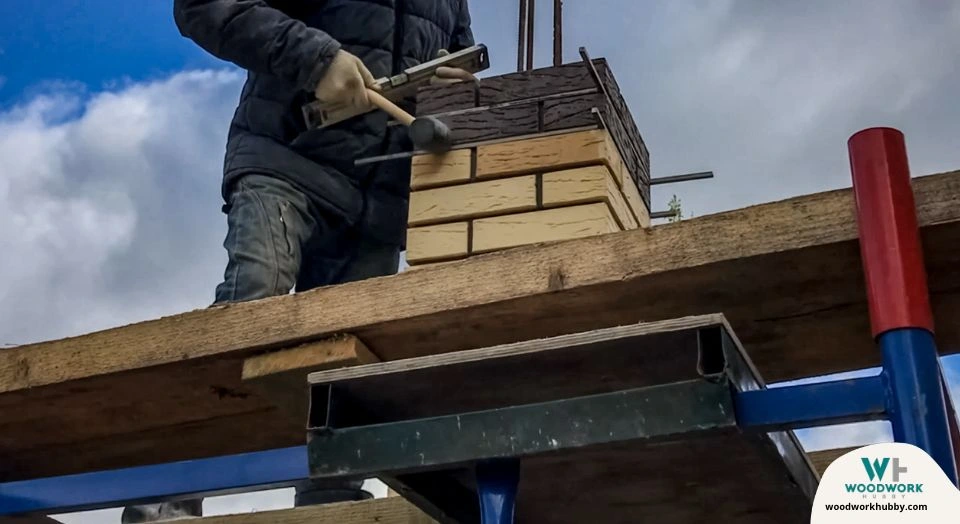
How Long Does Untreated Wood Last?
Untreated wood lasts 6 months in a dry environment and 2 months in a humid one. This means one has up to 6 months to sufficiently water-proof the wood with an appropriate finish. Reinforcing wood is optional, but applying the right environment-resistant finish is required to make a project last.
Here is how you can spot and treat wood that’s rotting:
Video on identifying and repairing rotting wood
How Long Does Pressure-Treated Wood Last?
Pressure-treated wood can wear up to 80 years without a load, 40 years when load-bearing, and 10 years when receiving daily-use impact. It can be reliably used for cabins, shiplap, and flooring. With an appropriate clear resin coat, the longevity of this wood can be extended further.
The pressure-treating process is mostly to improve load-bearing performance. This is a context where wear and tear on wood is naturally quite high. Still, treated wood can survive quite a long time.
Wood’s Lifespan: The Common Myths
By now, you know everything I know about the lifespan of different types of wood and how long wood lasts when used for different purposes. All that remains are the truths regarding a few myths I have debunked regarding wood’s lifespan.
- Dry lumber lasts in a humid environment – No wood is 100% immune to moisture problems. Humidity and water exposure affect all lumber’s longevity.
- Pressure-treated wood is guaranteed to last. It can resist rot and hence bear the load with integrity. But it is by no means water-resistant and can break down with constant water exposure.
- Hardwoods outlast softwoods – Decorative softwood products can outlast load-bearing hardwood projects.
Final Thoughts – How Long Does Wood Last?
Wood lasts anywhere between 6 months and 40 years if you consider everything from untreated softwood to pressure-treated and water-proofed hard lumber. That is why you should get more specific knowledge about the type of lumber you use and the function of your project.

